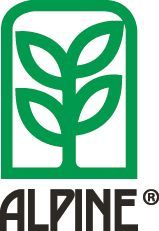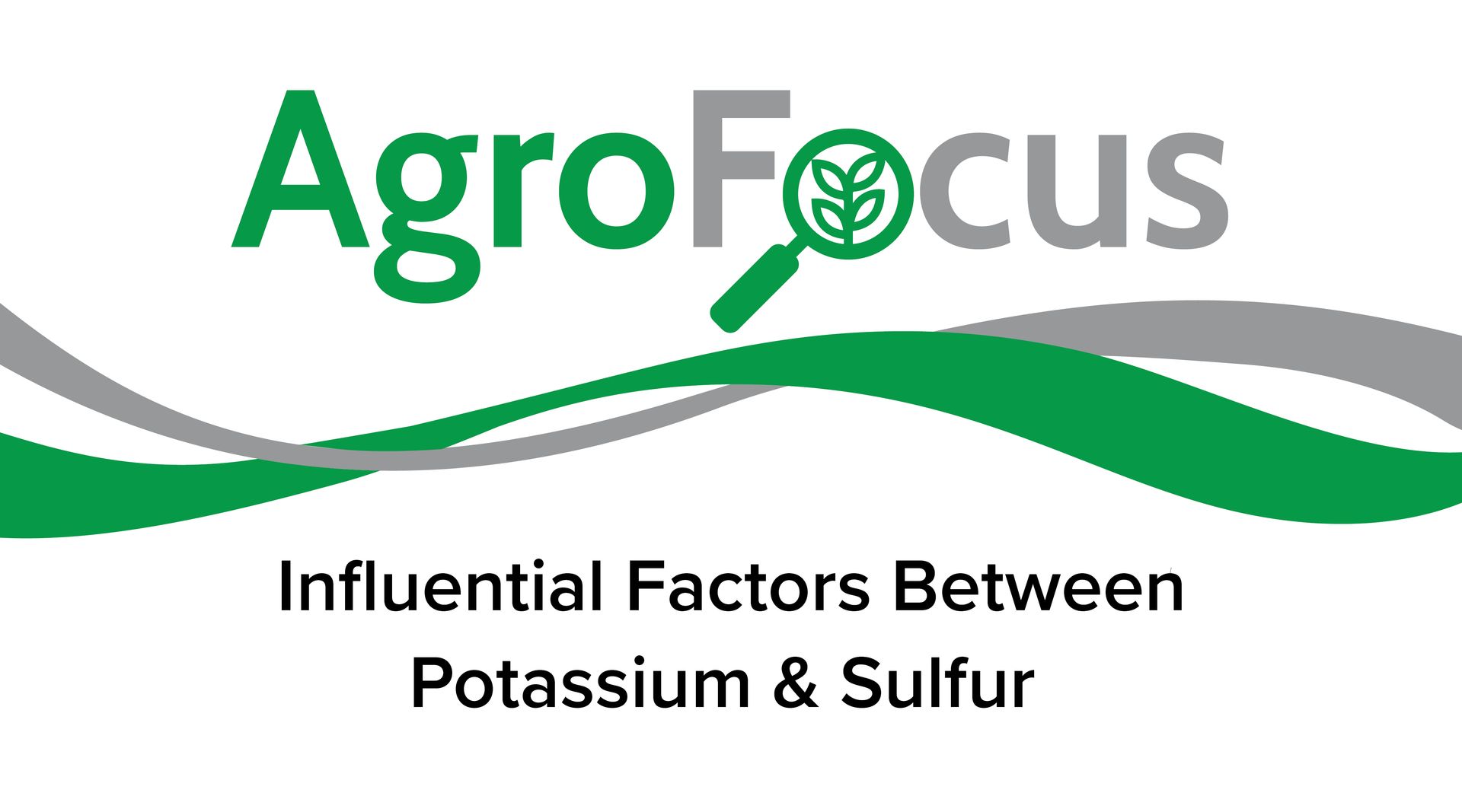Starter Trial on Blueberries and Tomatoes
Premium values are often available to the first fruits harvested, while demand is high and supply is short. Something that I have been working to add in to many of my programs focuses strongly on meeting those premium windows and help bring our customer’s crop to the market before their competitors. To put this into perspective, that can mean the difference in market price of $21 a flat on strawberries or $19 a box for blueberries. Nearly every Fruit or Vegetable crop has a similar sweet spot in the market. Another opportunity of time or earliness offers itself when growing perennial crops like blueberries or tree crops. There is quite an expense to get the crop in the ground and then it’s a waiting game until production begins to repay those input costs. Some perennial crops may take as little as two years or as many as 6 years to reach strong production so anything we can do to shorten that slack period is a bonus. Two such projects that I have been working on are blueberries and tomatoes. The blueberry work is being done in SE Georgia on 110 acres of new plants. Accurate assessment of the environment, the soils and species is paramount. After that, it’s all about delivering the proper nutrition at the proper time and influencing the components of growth where we can. Oh and yes …… cooperation from Mother Nature as well! Blueberry Cuttings Thick healthy leaves with good cell integrity help manage moisture, stress and disease tolerance in this crop. Healthy plants are stress-free plants. The blueberries pictured were planted in late February and early March and we have been treating them with a NACHURS program designed to encourage strong growth and vigor while building a strong root zone and plant structure in very challenging soils. The grower propagated older plants so he started with a small twig and a root ball at planting. These pictures were taken last week and the growth on these plants is impressive. In fact, there are some of these plants that are already producing fruit. Based on the stage of growth and plant size, we could likely see 3000 pounds of fruit per acre next year after only 12 to 13 months of growth. This could very well put these plants a full year ahead of conventional production! The second project, the tomato work, is being conducted in my grow-out chamber at home. I have a makeshift lab at home where I test products, mixes and procedures to discover better ways to produce crops and desired crop qualities. The trial is testing the added benefit of the PGPR’s. The only variable between the pots is the addition of the Rhyzo-Link technology. I worked to keep the cultivar, the nutrition, the PAR’s, the growth medium and watering the same across all the pots. I did see quite a bit of physical difference in the trial. The plants treated with the Rhyzo-Link are considerably larger and appear to be more robust than the ones treated with a more conventional approach. The pictures above illustrate not only the plant mass but the root mass including colonies that have begun to form in the rhizosphere. I used the same technique to clean the roots from both samples. The Rhyzo-Link as you might expect seemed to have more soil clinging to the root mass, an indication that the biological colonies have begun to form an link up creating a microclimate for thriving rhizobacteria. Clinically speaking, the total plant mass of the Rhyzo-Link block on average weighed 7.6 grams per plant (10 plants from each block were used to perform the calculation) while the conventional treatment weighed in at an average of 3.7 grams per plant. Consider the fact that both subjects were treated the same, with the exception of the one variable, and were planted at the same time yet on this test anyhow, we were able to express over a 50% improvement in crop vigor and plant mass including the biological colonies. Improving plant health and vigor at this early stage will generally lead to a healthier plant, a more productive plant, earlier maturity, better quality as well as a more uniform and condensed harvest.-Jay Castleman, Eastern US Sales Agronomist
Premium values are often available to the first fruits harvested, while demand is high and supply is short. Something that I have been working to add in to many of my programs focuses strongly on meeting those premium windows and help bring our customer’s crop to the market before their competitors. To put this into perspective, that can mean the difference in market price of $21 a flat on strawberries or $19 a box for blueberries. Nearly every Fruit or Vegetable crop has a similar sweet spot in the market.
Another opportunity of time or earliness offers itself when growing perennial crops like blueberries or tree crops. There is quite an expense to get the crop in the ground and then it’s a waiting game until production begins to repay those input costs. Some perennial crops may take as little as two years or as many as 6 years to reach strong production so anything we can do to shorten that slack period is a bonus.
Two such projects that I have been working on are blueberries and tomatoes. The blueberry work is being done in SE Georgia on 110 acres of new plants.
Accurate assessment of the environment, the soils and species is paramount. After that, it’s all about delivering the proper nutrition at the proper time and influencing the components of growth where we can. Oh and yes …… cooperation from Mother Nature as well!
 |
 |
 Blueberry Cuttings |
| Thick healthy leaves with good cell integrity help manage moisture, stress and disease tolerance in this crop. Healthy plants are stress-free plants. |
||
The blueberries pictured were planted in late February and early March and we have been treating them with a NACHURS program designed to encourage strong growth and vigor while building a strong root zone and plant structure in very challenging soils. The grower propagated older plants so he started with a small twig and a root ball
a
t planting.
These pictures were taken last week and the growth on these plants is impressive. In fact, there are some of these plants that are already producing fruit. Based on the stage of growth and plant size, we could likely see 3000 pounds of fruit per acre next year after only 12 to 13 months of growth.
This could very well put these plants a full year ahead of conventional production!
The second project, the tomato work, is being conducted in my grow-out chamber at home. I have a makeshift lab at home where I test products, mixes and procedures to discover better ways to produce crops and desired crop qualities.
The trial is testing the added benefit of the PGPR’s. The only variable between the pots is the addition of the Rhyzo-Link technology. I worked to keep the cultivar, the nutrition, the PAR’s, the growth medium and watering the same across all the pots.
I did see quite a bit of physical difference in the trial. The plants treated with the Rhyzo-Link are considerably larger and appear to be more robust than the ones treated with a more conventional approach.
 |
 |
 |
The pictures above illustrate not only the plant mass but the root mass including colonies that have begun to form in the rhizosphere. I used the same technique to clean the roots from both samples. The Rhyzo-Link as you might expect seemed to have more soil clinging to the root mass, an indication that the biological colonies have begun to form an link up creating a microclimate for thriving rhizobacteria.
Clinically speaking, the total plant mass of the Rhyzo-Link block on average weighed 7.6 grams per plant ( 10 plants from each block were used to perform the calculation ) while the conventional treatment weighed in at an average of 3.7 grams per plant.
Consider the fact that both subjects were treated the same, with the exception of the one variable, and were planted at the same time yet on this test anyhow, we were able to express over a 50% improvement in crop vigor and plant mass including the biological colonies.
Improving plant health and vigor at this early stage will generally lead to a healthier plant, a more productive plant, earlier maturity, better quality as well as a more uniform and condensed harvest.
-Jay Castleman, Eastern US Sales Agronomist










